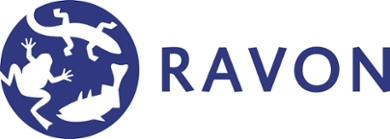Research project
Genetic pollution
How does invasive hybridization affect threatened native species?
- Contact
- Ben Wielstra
- Funding
-
 Invasive Alien Species Team (BuRO, NVWA)
Invasive Alien Species Team (BuRO, NVWA)
-
 Marie Skłodowska-Curie Fellowship
Marie Skłodowska-Curie Fellowship
- Partners
- RAVON (Reptile, Amphibian & Fish Conservation Netherlands), Nijmegen, the Netherlands
- Invasive Alien Species Team (BuRO, NVWA), the Netherlands
- Naturalis Biodiversity Center, Leiden, the Netherlands
- University of California, Los Angeles, USA
- University of Sheffield, UK

Ben Wielstra addresses the complicated conservation problem of hybridization between native and invasive species. Invasive species can threaten native biota by means of competition, predation and infection. A less-known risk is genetic pollution: the (partial) replacement of local genotypes via hybridization. A particular challenge of quantifying invasive hybridization is that the closely related species involved tend to be morphologically similar. As a consequence, conservation action would depend on large scale genotyping. Addressing genetic pollution is a notoriously contentious issue, with complications arising at the stage of obtaining and interpreting information. Wielstra works on Dutch case studies involving newts and snakes.

Publications
- van Riemsdijk, I., Struijk, R.P.J.H., Pel, E., Janssen, I.A.W., Wielstra, B. (2020). Hybridisation complicates the conservation of Natrix snakes in the Netherlands. Salamandra 56(1): 78-82.
- van Riemsdijk, I., van Nieuwenhuize, L., Martinez-Solano, I., Arntzen, J.W., Wielstra, B. (2018). Molecular data reveal the hybrid nature of an introduced population of banded newts (Ommatotriton) in Spain. Conservation Genetics 19(1): 249-254.
- Meilink, W.R.M., Arntzen, J.W., van Delft, J.J.C.W., Wielstra, B. (2015). Genetic pollution of a native threatened crested newt species through hybridization with an invasive congener in the Netherlands. Biological Conservation 184: 145-153.
